| 1.
|
Xiaotian Wu, Venkata R. Duvvuri, Yijun Lou, Nicholas H. Ogden, Yann Pelcat, Jianhong Wu,
Developing a temperature-driven map of the basic reproductive number of the emerging tick vector of Lyme disease Ixodes scapularis in Canada,
2013,
319,
00225193,
50,
10.1016/j.jtbi.2012.11.014
|
|
| 2.
|
Anuj Kumar Sharma, Amit Sharma, Kulbhushan Agnihotri,
Bifurcation behaviors analysis of a plankton model with multiple delays,
2016,
09,
1793-5245,
1650086,
10.1142/S1793524516500868
|
|
| 3.
|
Mohammad A. Safi, Abba B. Gumel,
The effect of incidence functions on the dynamics of a quarantine/isolation model with time delay,
2011,
12,
14681218,
215,
10.1016/j.nonrwa.2010.06.009
|
|
| 4.
|
Martin J. Blaser,
Studying microbiology with Glenn F. Webb,
2015,
12,
1551-0018,
xvii,
10.3934/mbe.2015.12.4xvii
|
|
| 5.
|
Wenjuan Guo, Qimin Zhang, Xining Li, Weiming Wang,
Dynamic behavior of a stochastic SIRS epidemic model with media coverage,
2018,
41,
01704214,
5506,
10.1002/mma.5094
|
|
| 6.
|
Xiaodong Wang, Chunxia Wang, Kai Wang,
Global dynamics of a novel deterministic and stochastic SIR epidemic model with vertical transmission and media coverage,
2020,
2020,
1687-1847,
10.1186/s13662-020-03145-3
|
|
| 7.
|
Wei-Ming Wang, Hou-Ye Liu, Yong-Li Cai, Zhen-Qing Li,
Turing pattern selection in a reaction-diffusion epidemic model,
2011,
20,
1674-1056,
074702,
10.1088/1674-1056/20/7/074702
|
|
| 8.
|
Kimberly M. Thompson, Dominika A. Kalkowska, Kamran Badizadegan,
Hypothetical emergence of poliovirus in 2020: Part 1. Consequences of policy decisions to respond using nonpharmaceutical interventions,
2021,
1476-0584,
10.1080/14760584.2021.1891888
|
|
| 9.
|
Fred Brauer, Carlos Castillo-Chavez, Zhilan Feng,
2019,
Chapter 16,
978-1-4939-9826-5,
507,
10.1007/978-1-4939-9828-9_16
|
|
| 10.
|
Mohammad A. Safi, Abba B. Gumel,
Dynamics of a model with quarantine-adjusted incidence and quarantine of susceptible individuals,
2013,
399,
0022247X,
565,
10.1016/j.jmaa.2012.10.015
|
|
| 11.
|
Fred Brauer,
Some Simple Nosocomial Disease Transmission Models,
2015,
77,
0092-8240,
460,
10.1007/s11538-015-0061-0
|
|
| 12.
|
Jennifer B. Nuzzo, Diane Meyer, Michael Snyder, Sanjana J. Ravi, Ana Lapascu, Jon Souleles, Carolina I. Andrada, David Bishai,
What makes health systems resilient against infectious disease outbreaks and natural hazards? Results from a scoping review,
2019,
19,
1471-2458,
10.1186/s12889-019-7707-z
|
|
| 13.
|
Ying-Hen Hsieh, Junli Liu, Yun-Huei Tzeng, Jianhong Wu,
Impact of visitors and hospital staff on nosocomial transmission and spread to community,
2014,
356,
00225193,
20,
10.1016/j.jtbi.2014.04.003
|
|
| 14.
|
A. B. Gumel,
Global dynamics of a two-strain avian influenza model,
2009,
86,
0020-7160,
85,
10.1080/00207160701769625
|
|
| 15.
|
Lin Hu, Lin‐Fei Nie,
Dynamic modeling and analysis of COVID‐19 in different transmission process and control strategies,
2021,
44,
0170-4214,
1409,
10.1002/mma.6839
|
|
| 16.
|
Martin J. Blaser,
Studying microbiology with Glenn F. Webb,
2015,
12,
1551-0018,
xvii,
10.3934/mbe.2015.12.4xvii
|
|
| 17.
|
Fred Brauer,
Mathematical epidemiology: Past, present, and future,
2017,
2,
24680427,
113,
10.1016/j.idm.2017.02.001
|
|
| 18.
|
Rania Assab, Narimane Nekkab, Pascal Crépey, Pascal Astagneau, Didier Guillemot, Lulla Opatowski, Laura Temime,
Mathematical models of infection transmission in healthcare settings,
2017,
30,
0951-7375,
410,
10.1097/QCO.0000000000000390
|
|
| 19.
|
Khalid Hussain Al-Ahmadi, Mohammed Hussain Alahmadi, Ali Saeed Al-Zahrani, Maged Gomaa Hemida,
Spatial variability of Middle East respiratory syndrome coronavirus survival rates and mortality hazard in Saudi Arabia, 2012–2019,
2020,
8,
2167-8359,
e9783,
10.7717/peerj.9783
|
|
| 20.
|
O. A. Perevesentsev, T. O. Cholodnaya, A. E. Samsonov, D. V. Burtsev,
Methods of specific laboratory testing of new coronavirus infection,
2020,
11,
2618-7876,
27,
10.21886/2219-8075-2020-11-3-27-33
|
|
| 21.
|
Matthew P. Cheng, Jesse Papenburg, Michaël Desjardins, Sanjat Kanjilal, Caroline Quach, Michael Libman, Sabine Dittrich, Cedric P. Yansouni,
Diagnostic Testing for Severe Acute Respiratory Syndrome–Related Coronavirus 2,
2020,
172,
0003-4819,
726,
10.7326/M20-1301
|
|
| 22.
|
Saskia Popescu,
Hospital biopreparedness in the Looming Presence of SARS‐CoV‐2/COVID‐19,
2020,
3,
2398-8835,
10.1002/hsr2.149
|
|
| 23.
|
Supatcha Siriprapaiwan, Elvin J. Moore, Sanoe Koonprasert,
Generalized reproduction numbers, sensitivity analysis and critical immunity levels of an SEQIJR disease model with immunization and varying total population size,
2018,
146,
03784754,
70,
10.1016/j.matcom.2017.10.006
|
|
| 24.
|
Kin On Kwok, Gabriel M Leung, Wai Yee Lam, Steven Riley,
Using models to identify routes of nosocomial infection: a large hospital outbreak of SARS in Hong Kong,
2007,
274,
0962-8452,
611,
10.1098/rspb.2006.0026
|
|
| 25.
|
A. B. Gumel, S. Ruan, T. Day, J. Watmough, F. Brauer, P. van den Driessche, D. Gabrielson, C. Bowman, M. E. Alexander, S. Ardal, J. Wu, B. M. Sahai,
Modelling strategies for controlling SARS outbreaks,
2004,
271,
0962-8452,
2223,
10.1098/rspb.2004.2800
|
|
| 26.
|
Dong-Wei Huang, Hong-Li Wang, Jian-Feng Feng, Zhi-Wen Zhu,
Modelling algal densities in harmful algal blooms (HAB) with stochastic dynamics,
2008,
32,
0307904X,
1318,
10.1016/j.apm.2007.04.006
|
|
| 27.
|
Govind Prasad Sahu, Joydip Dhar,
Dynamics of an SEQIHRS epidemic model with media coverage, quarantine and isolation in a community with pre-existing immunity,
2015,
421,
0022247X,
1651,
10.1016/j.jmaa.2014.08.019
|
|
| 28.
|
Mohammad A. Safi, Mudassar Imran, Abba B. Gumel,
Threshold dynamics of a non-autonomous SEIRS model with quarantine and isolation,
2012,
131,
1431-7613,
19,
10.1007/s12064-011-0148-6
|
|
| 29.
|
Ayako Fukutome, Koichi Watashi, Norito Kawakami, Hirofumi Ishikawa,
Mathematical Modeling of Severe Acute Respiratory Syndrome Nosocomial Transmission in Japan: The Dynamics of Incident Cases and Prevalent Cases,
2007,
51,
03855600,
823,
10.1111/j.1348-0421.2007.tb03978.x
|
|
| 30.
|
Michael Small, C.K. Tse,
Clustering model for transmission of the SARS virus: application to epidemic control and risk assessment,
2005,
351,
03784371,
499,
10.1016/j.physa.2005.01.009
|
|
| 31.
|
Ying-Hen Hsieh, Chwan-Chuan King, Cathy W.S Chen, Mei-Shang Ho, Sze-Bi Hsu, Yi-Chun Wu,
Impact of quarantine on the 2003 SARS outbreak: A retrospective modeling study,
2007,
244,
00225193,
729,
10.1016/j.jtbi.2006.09.015
|
|
| 32.
|
Jing-An Cui, Xin Tao, Huaiping Zhu,
An SIS Infection Model Incorporating Media Coverage,
2008,
38,
0035-7596,
10.1216/RMJ-2008-38-5-1323
|
|
| 33.
|
Chunqing Wu,
The Optimal Vaccination Rate Based on Structured SI Model,
2012,
29,
18777058,
1713,
10.1016/j.proeng.2012.01.200
|
|
| 34.
|
Wenjuan Guo, Yongli Cai, Qimin Zhang, Weiming Wang,
Stochastic persistence and stationary distribution in an SIS epidemic model with media coverage,
2018,
492,
03784371,
2220,
10.1016/j.physa.2017.11.137
|
|
| 35.
|
Dongwei Huang, Hongli Wang, Jianfeng Feng, Zhi-wen Zhu,
Hopf bifurcation of the stochastic model on HAB nonlinear stochastic dynamics,
2006,
27,
09600779,
1072,
10.1016/j.chaos.2005.04.086
|
|
| 36.
|
Jason Bintz, Suzanne Lenhart, Cristina Lanzas,
Antimicrobial Stewardship and Environmental Decontamination for the Control of Clostridium difficile Transmission in Healthcare Settings,
2017,
79,
0092-8240,
36,
10.1007/s11538-016-0224-7
|
|
| 37.
|
Jianping Sha, Yuan Li, Xiaowen Chen, Yan Hu, Yajin Ren, Xingyi Geng, Zhiruo Zhang, Shelan Liu,
Fatality risks for nosocomial outbreaks of Middle East respiratory syndrome coronavirus in the Middle East and South Korea,
2017,
162,
0304-8608,
33,
10.1007/s00705-016-3062-x
|
|
| 38.
|
Juan Zhang, Jie Lou, Zhien Ma, Jianhong Wu,
A compartmental model for the analysis of SARS transmission patterns and outbreak control measures in China,
2005,
162,
00963003,
909,
10.1016/j.amc.2003.12.131
|
|
| 39.
|
Anatoliy V. Swishchuk, Nikolaos Limnios, Mariya Svishchuk,
Averaging, Merging and Diffusion Approximation of Stochastic SARS Models,
2012,
1556-5068,
10.2139/ssrn.2201765
|
|
| 40.
|
Mohammad A. Safi,
Global Stability Analysis of Two-Stage Quarantine-Isolation Model with Holling Type II Incidence Function,
2019,
7,
2227-7390,
350,
10.3390/math7040350
|
|
| 41.
|
YIPING LIU, JING-AN CUI,
THE IMPACT OF MEDIA COVERAGE ON THE DYNAMICS OF INFECTIOUS DISEASE,
2008,
01,
1793-5245,
65,
10.1142/S1793524508000023
|
|
| 42.
|
Nadin Younes, Duaa W. Al-Sadeq, Hadeel AL-Jighefee, Salma Younes, Ola Al-Jamal, Hanin I. Daas, Hadi. M. Yassine, Gheyath K. Nasrallah,
Challenges in Laboratory Diagnosis of the Novel Coronavirus SARS-CoV-2,
2020,
12,
1999-4915,
582,
10.3390/v12060582
|
|
| 43.
|
Yun Kang, Carlos Castillo-Chavez,
Multiscale analysis of compartment models with dispersal,
2012,
6,
1751-3758,
50,
10.1080/17513758.2012.713125
|
|
| 44.
|
Christopher M. Kribs-Zaleta, Jean-François Jusot, Philippe Vanhems, Sandrine Charles,
Modeling Nosocomial Transmission of Rotavirus in Pediatric Wards,
2011,
73,
0092-8240,
1413,
10.1007/s11538-010-9570-z
|
|
| 45.
|
M. H. Ling, S. Y. Wong, K. L. Tsui,
Efficient heterogeneous sampling for stochastic simulation with an illustration in health care applications,
2017,
46,
0361-0918,
631,
10.1080/03610918.2014.977914
|
|
| 46.
|
Mohammad A. Safi, Abba B. Gumel,
Qualitative study of a quarantine/isolation model with multiple disease stages,
2011,
218,
00963003,
1941,
10.1016/j.amc.2011.07.007
|
|
| 47.
|
Georges F. Vles, Stijn Ghijselings, Iris De Ryck, Geert Meyfroidt, Nicola A. Sweeney, Wouter Oosterlinck, Minne Casteels, Lieven Moke,
Returning to Elective Orthopedic Surgery During the COVID-19 Pandemic: A Multidisciplinary and Pragmatic Strategy for Initial Patient Selection,
2020,
16,
1549-8425,
e292,
10.1097/PTS.0000000000000755
|
|
| 48.
|
BiBi Fatima, Manar A. Alqudah, Gul Zaman, Fahd Jarad, Thabet Abdeljawad,
Modeling the Transmission Dynamics of Middle Eastern Respiratory Syndrome Coronavirus with the Impact of Media Coverage,
2021,
22113797,
104053,
10.1016/j.rinp.2021.104053
|
|
| 49.
|
Martin J. Blaser,
Studying microbiology with Glenn F. Webb,
2015,
12,
1551-0018,
10.3934/mbe.2015.12.xvii
|
|
| 50.
|
Rajasekar S. P., Pitchaimani M., Quanxin Zhu,
Higher order stochastically perturbed SIRS epidemic model with relapse and media impact,
2022,
45,
0170-4214,
843,
10.1002/mma.7817
|
|
| 51.
|
Tingting Zheng, Huaiping Zhu, Zhidong Teng, Linfei Nie, Yantao Luo,
Patch model for border reopening and control to prevent new outbreaks of COVID-19,
2023,
20,
1551-0018,
7171,
10.3934/mbe.2023310
|
|
| 52.
|
Prathap Somu, Sonali Mohanty, Srishti Chakraborty, Subhankar Paul,
2021,
Chapter 11,
978-3-030-85108-8,
173,
10.1007/978-3-030-85109-5_11
|
|
| 53.
|
O.A. Perevesentsev, T.O. Cholodnaya, D.V. Burtsev,
Foreign experience in molecular genetic and immunological diagnostics of SARS-CoV-2 (review),
2021,
10,
2305-2198,
47,
10.17116/labs20211004147
|
|
| 54.
|
Vijay Pal Bajiya, Jai Prakash Tripathi, Vipul Kakkar, Yun Kang,
Modeling the impacts of awareness and limited medical resources on the epidemic size of a multi-group SIR epidemic model,
2022,
15,
1793-5245,
10.1142/S1793524522500450
|
|
| 55.
|
Emily Clayton, Mohammed A. Rohaim, Mahmoud Bayoumi, Muhammad Munir,
2021,
Chapter 2,
978-3-030-85108-8,
15,
10.1007/978-3-030-85109-5_2
|
|
| 56.
|
Nikolaos Limnios, Anatoliy Swishchuk,
2023,
Chapter 7,
978-3-031-33428-3,
139,
10.1007/978-3-031-33429-0_7
|
|
| 57.
|
Jummy David, Gabrielle Brankston, Idriss Sekkak, Sungju Moon, Xiaoyan Li, Sana Jahedi, Zahra Mohammadi, Ao Li, Martin Grunnil, Pengfei Song, Woldegebriel Assefa, Nicola Bragazzi, Jianhong Wu,
2023,
Chapter 1,
978-3-031-40804-5,
1,
10.1007/978-3-031-40805-2_1
|
|
| 58.
|
Glenn Webb, Xinyue Evelyn Zhao,
An Epidemic Model with Infection Age and Vaccination Age Structure,
2024,
16,
2036-7449,
35,
10.3390/idr16010004
|
|











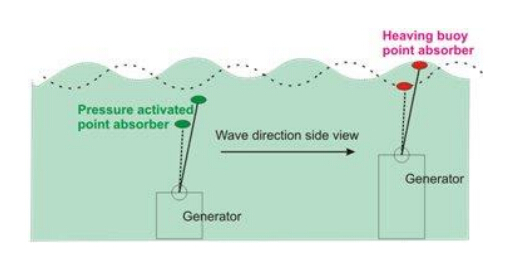

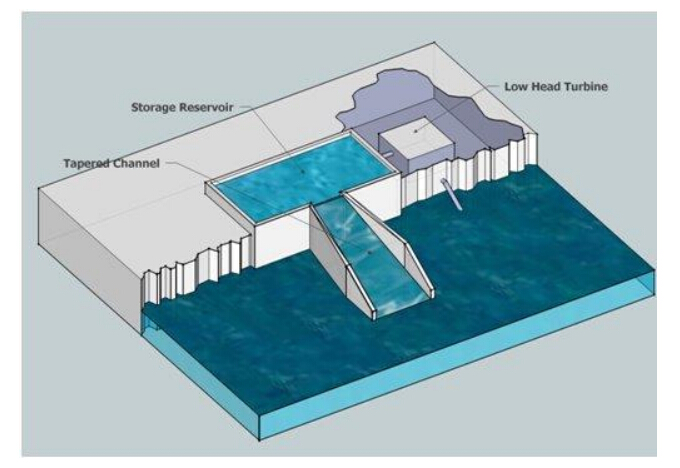
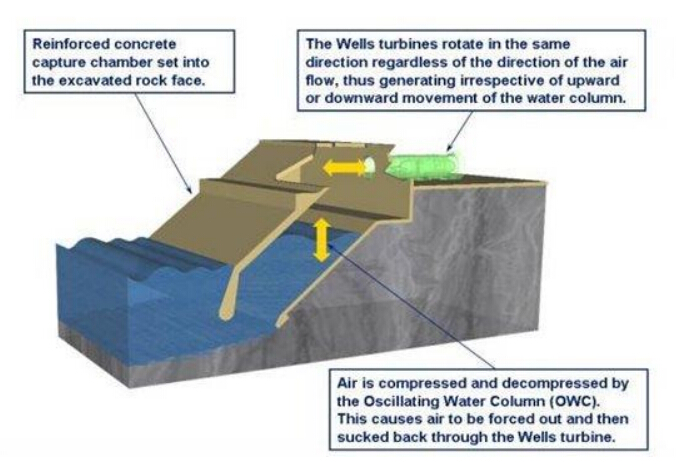
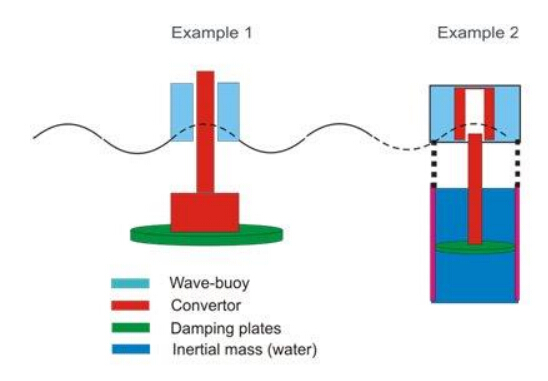
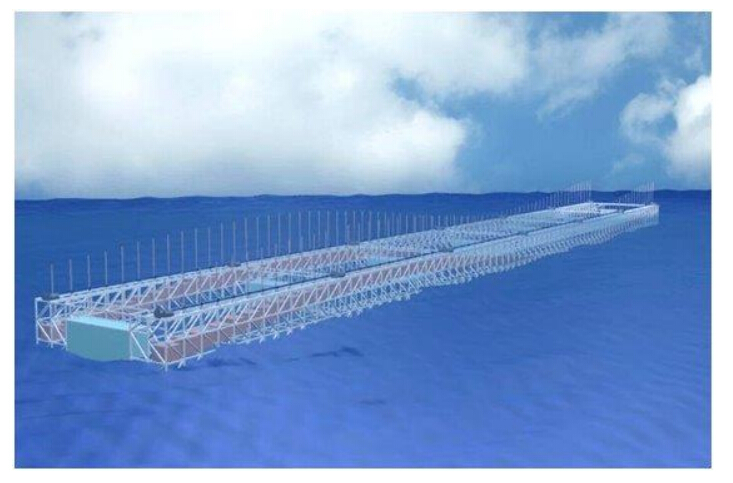
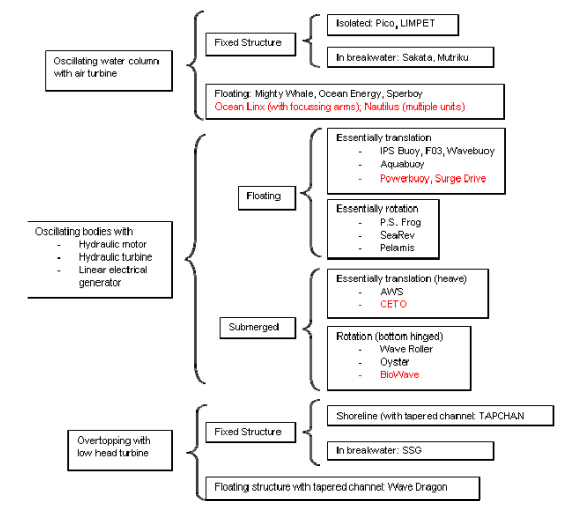
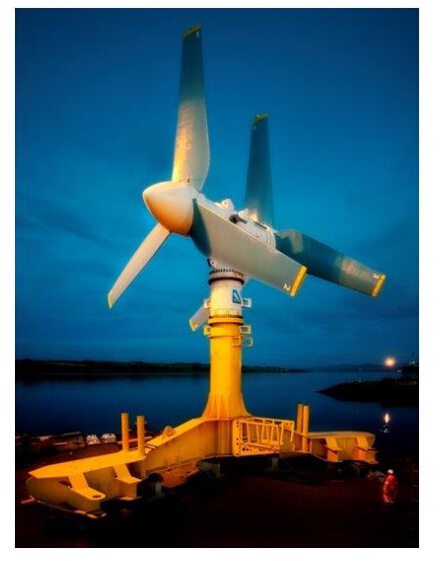
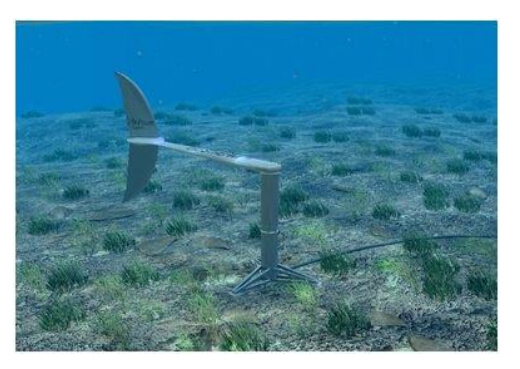
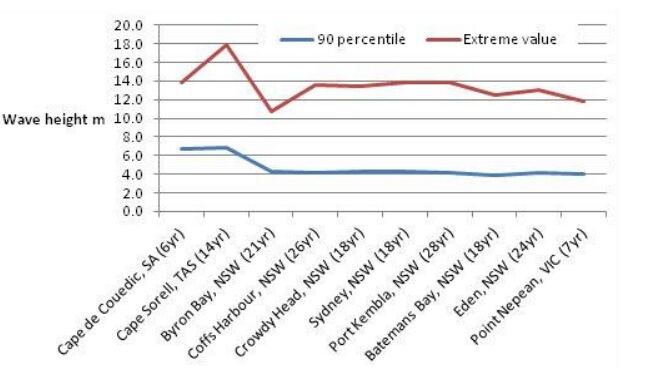
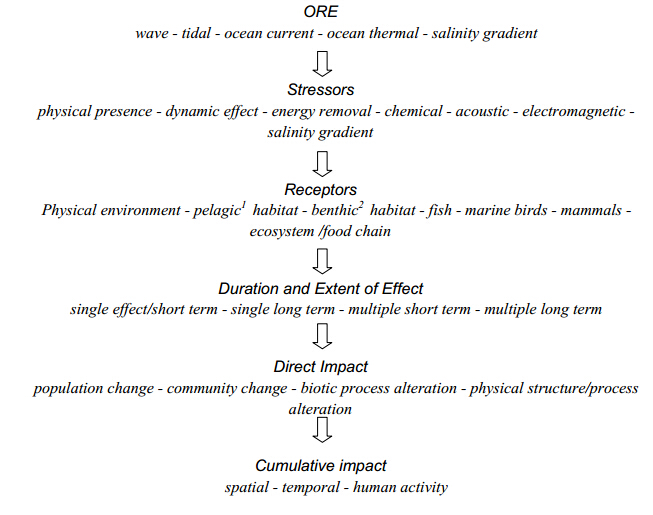


 DownLoad:
DownLoad: